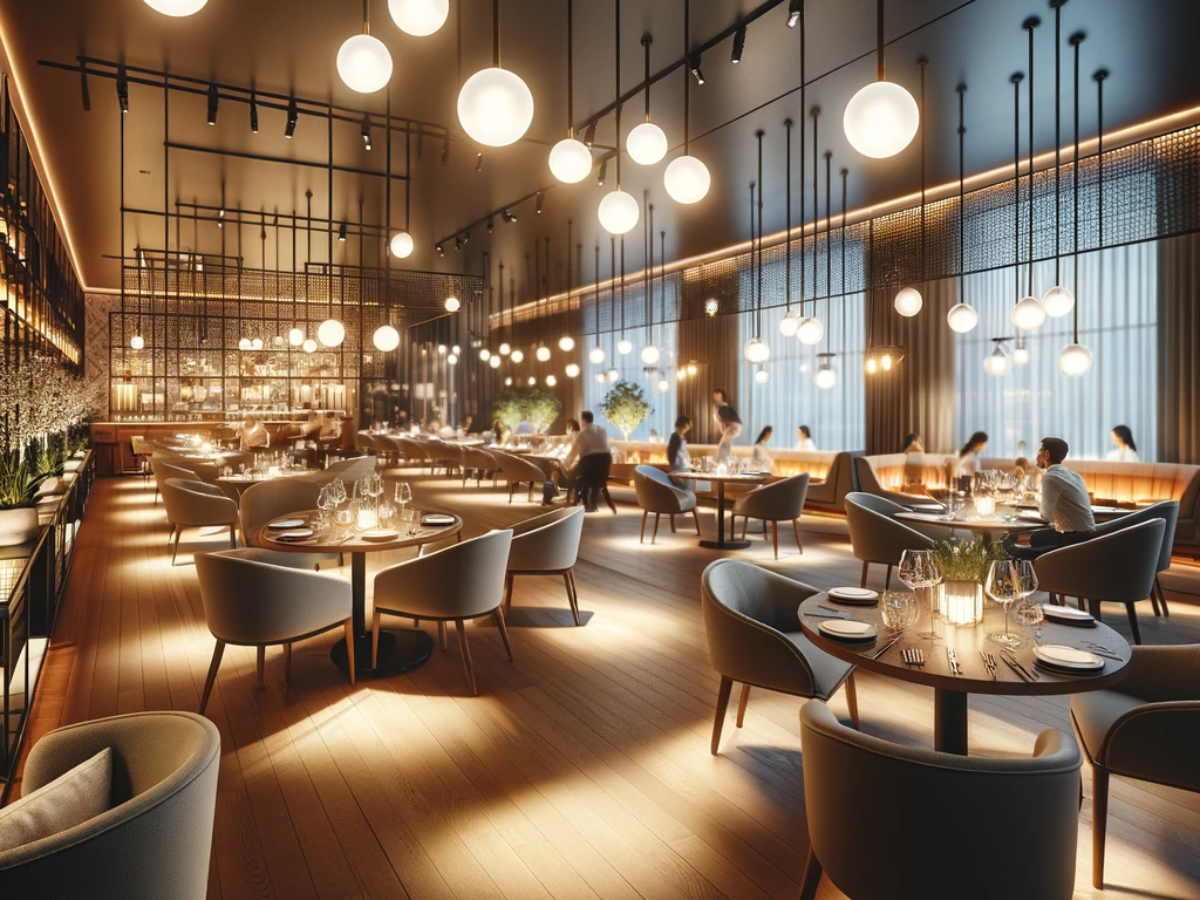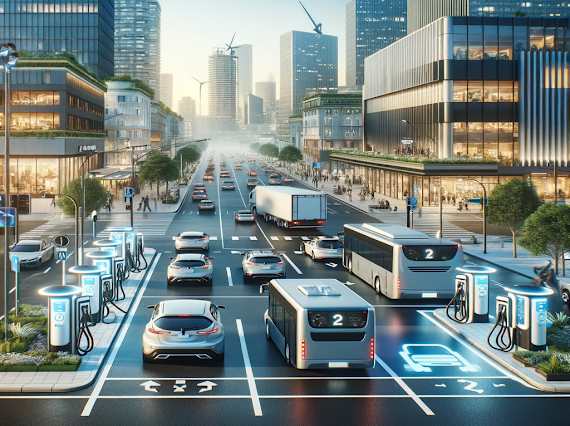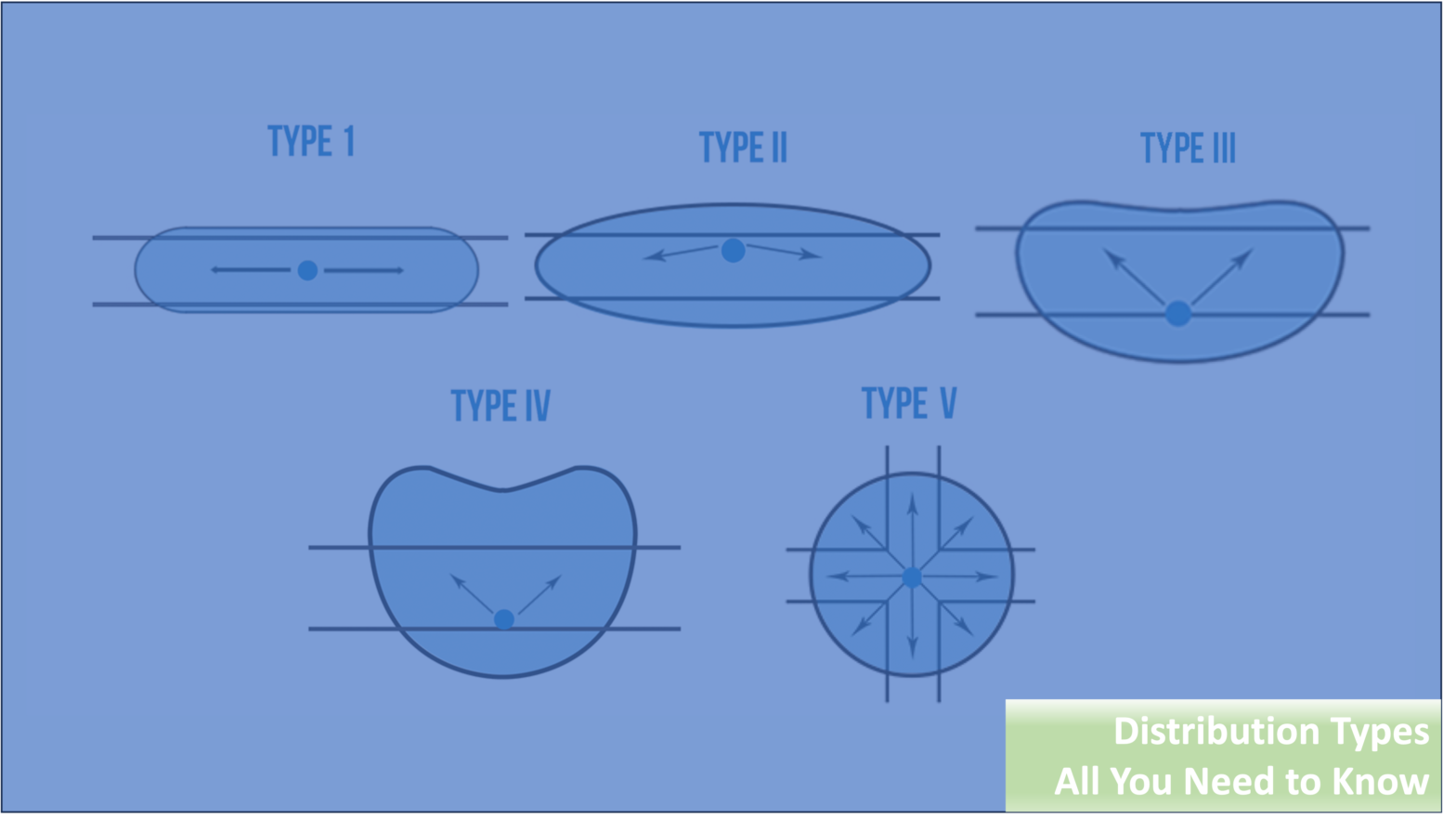Although most storage facility owners and managers have embraced the advantages of using commercial LED lighting, relatively few utilize the next step – advanced lighting controls. Integrating lighting controls aim to deliver convenience, flexibility, security, and energy efficiency. For facility owners, managers, tenants, and potential customers – lighting controls improve self-storage facilities.
Let’s take a look at some of the features and benefits.
Benefits of Lighting Controls in a Self-Storage Facility
Budget Management
A key factor in determining the sustainability and success of a self storage facility, and really any business, is its profit management and management of overhead. Owners and managers who think about the advantages of using cheap, low-consumption lighting fixtures should keep in mind that these can still be considerably wasteful if you factor in the countless hours being left on when no one is using the space. Sensor-driven lighting-control systems aim to make this a thing of the past.
LED Lighting Control Benefits that help with Budget Management
Ceiling occupancy sensors are advantageous to facilities, and the eventual savings on the electricity bill offset the initially higher cost of installing such devices many times over. This is especially true for places that aren’t meant for people to occupy too regularly or in high volume, self storage facilities being a prime example of that. The only thing cheaper than a low-energy LED light is one that’s turned off.
General Safety
Lighting is usually one aspect of a building that people don’t usually think too much about until they’re caught in a sudden black out in an unfamiliar place at night. Lighting-control systems help tenants as well, in that it virtually gets rid of any unsafe, unlit areas so long as there’s a person in the building.
Commercial lighting control systems benefits that help with General Safety
Using lighting sensors means no one has to aimlessly grasp in the dark for a light switch anymore. When someone has to use both hands for carrying, which is something that happens frequently in storage facilities, they no longer have to worry about freeing up a hand in order to turn on a light when entering a new room. In short, lighting controls free up tenants to go about their business while minimizing hazards and accident risks.
Security
In recent years, general fascination with self-storage facilities and the possible “treasures” that tenants keep there have gone up, as well as the number of thieves interested in those “treasures”. Even facilities with state-of-the-art security camera systems can’t do anything when someone breaks into the facility and the light was too low for the cameras to pick up anything. Occupancy sensors make it so that managers will never have to worry about the lights in the room being too dark for security cameras to catch anything reliable.
If there is any kind of presence or movement detected by these inside security lights, it makes it so that any thieves will no longer be able to rely on the dark to keep their cover. Any CCTV cameras set up will also benefit from the better-lit conditions that come with a lighting-controlled environment.
Applications of Controls in a Self-Storage Facility
Exterior Commercial Lighting Controls
Statistics show that 10% of property crimes happen in open parking lots and facility garages. Adequate lighting both deters individuals from going through with crimes as well as keeps the visibility high for when the crimes do happen.
Aside from that, poor exterior lighting can cause accidents, especially at night. Low light levels leave people blind and light levels that are too high and uneven cause glares and blind spots.
Network Lighting controls for exterior environments makes use of a combination of sensors, timers, and dimmers to make sure that there is an adequate amount of light distributed evenly and turned on only when needed.
Interior Lighting Controls
Adequate lighting inside a storage facility is even more important. As mentioned before, good light control determines how energy-efficient a facility is as well as how safe and secure it is for tenants and managers alike.
Interior lights should be turned off when the space is not in use and vacated. They should be sufficiently turned on when paths and rooms need to be lit for people using the space. The utilization of appropriately placed sensors are key to making all of that work.
Occupancy Sensors
This is usually what most people think of when told about the concept of lighting control. Occupancy sensors detect motion and turn on lights when they do. These lights are then turned off when no motion has been detected for a predetermined time frame and the room can safely be assumed to be vacated.
Some occupancy sensors detect the infrared heat coming from people. Others depend on audio cues and determine motion by changes in sound waves in the room.
Photocell Sensors
There are two typical uses for photocell sensors, one type for the interior of the self-storage facility, and another for the exterior of the building or parking areas.
Interior photocell sensors, otherwise known as daylight harvesting sensors, are able to detect the amount of natural sunlight in a room and adjust artificial lighting levels controls accordingly. Users can set the preferred lighting level in a space and, depending on how much sunlight is detected by these types of lighting controls, photocell sensor-driven systems can choose to brighten or dim any connected light fixtures to match the set base level.
Exterior photocell sensors are used in the opposite manner. They can be utilized in conjunction with, or independent of timers. They are able to detect light levels, and when the sunlight falls below a set level, this triggers the lights to switch on.
Timers
Timers require programming but are simpler compared to other lighting controls. Instead of using sensors and adjusting light level based on a set of parameters, timers simply switch lights on and off at specific, scheduled times. Users typically set these lights to turn off during the day and schedule them to turn on when the sun starts to set.
Conclusion
Now that we’ve established that lighting controls improve self-storage facilities significantly, let’s connect to put these energy-saving methods to work. The integration of lighting controls in self-storage facilities is a simple and cost-effective addition that Energywise Solutions can assist any operator, architect or engineer incorporate into a design. Once designed, we can source the highest quality equipment that will provide long-term comfort, security and savings for your building.
Scott Van Kerkhove is the CEO of Energywise and writes on topics and issues surrounding the lighting and controls industry, energy management, storage facility signs, facility value, profitability and sustainability. Find us on Google+ – Author: Scott Van Kerkhove







